Home>Technology>Home Entertainment Systems>How To Get A Projector To Work Outside


Home Entertainment Systems
How To Get A Projector To Work Outside
Modified: October 20, 2024
Learn how to set up a home entertainment system with a projector for outdoor use. Discover tips and tricks for optimizing your outdoor movie experience.
(Many of the links in this article redirect to a specific reviewed product. Your purchase of these products through affiliate links helps to generate commission for Storables.com, at no extra cost. Learn more)
**
Introduction
**
If you're looking to elevate your outdoor entertainment experience, using a projector can be a game-changer. Whether it's for a movie night under the stars, a backyard gaming session, or hosting a memorable outdoor event, a projector can transform any outdoor space into a captivating visual arena. However, getting a projector to work seamlessly outside involves a different set of considerations compared to indoor use. In this guide, we'll delve into the essential aspects of using a projector in an outdoor setting, covering everything from selecting the right projector to troubleshooting common issues. By the end of this article, you'll be well-equipped to create an immersive outdoor viewing experience that will leave your audience in awe. So, let's embark on this journey to unlock the full potential of outdoor projector entertainment.
Key Takeaways:
- Elevate outdoor entertainment with a projector by considering environmental factors, choosing the right projector, and ensuring proper power supply for a captivating outdoor viewing experience.
- Overcome challenges like ambient light, power interruptions, and image distortion with troubleshooting solutions to create mesmerizing outdoor projector entertainment.
Read more: How To Set Up A Projector Outside
Considerations for Using a Projector Outdoors
Before venturing into outdoor projector usage, it's crucial to consider several factors to ensure a seamless and enjoyable viewing experience. Understanding these considerations will help you make informed decisions and overcome potential challenges. Here are the key considerations for using a projector outdoors:
- Environmental Conditions: Outdoor spaces are susceptible to environmental elements such as wind, dust, and moisture. It's essential to choose a location that provides some level of protection from these elements to safeguard the projector and maintain optimal image quality.
- Ambient Light: Unlike indoor environments where light can be controlled, outdoor settings present varying levels of ambient light, especially during different times of the day. Considering ambient light sources and their impact on image visibility is crucial when planning outdoor projector usage.
- Sound Considerations: Outdoor spaces often require a robust sound system to complement the visual experience. Planning for audio equipment and acoustics is essential for creating an immersive outdoor entertainment setup.
- Regulatory Restrictions: Depending on your location, there may be regulations or restrictions related to outdoor projections, especially in residential areas. Familiarize yourself with local regulations to ensure compliance and avoid any potential issues.
- Screen or Surface Selection: Unlike traditional indoor screens, outdoor projections may utilize various surfaces as projection screens. Understanding the impact of different surfaces on image quality and visibility is vital for achieving the best results.
By carefully considering these factors, you can effectively prepare for outdoor projector usage and mitigate potential challenges, setting the stage for a remarkable outdoor viewing experience.
Choosing the Right Projector for Outdoor Use
When selecting a projector for outdoor use, several key factors come into play to ensure optimal performance and a captivating visual experience. Understanding these considerations will guide you in making an informed decision when choosing the right projector for your outdoor setup. Here’s what to keep in mind:
- Brightness and Lumens: Outdoor environments introduce ambient light, which can affect the visibility of projected images. Opt for a projector with high brightness and lumens output to combat the impact of ambient light, ensuring clear and vibrant visuals even in outdoor settings.
- Resolution: The projector’s resolution determines the clarity and sharpness of the projected images. For outdoor use, consider a projector with at least 1080p resolution to deliver crisp visuals, especially when projecting on larger outdoor surfaces.
- Portability and Durability: Since outdoor setups often involve moving and setting up the projector in different locations, portability and durability are essential. Look for a projector that is designed for outdoor use, featuring rugged construction and convenient portability for hassle-free transportation.
- Wireless Connectivity: Wireless projectors offer flexibility and convenience for outdoor setups, allowing seamless connectivity with various devices without the constraints of cables. Consider a projector with robust wireless capabilities for effortless outdoor usage.
- Weather Resistance: Outdoor projectors should be equipped to withstand outdoor conditions, including light rain and dust. Look for projectors with weather-resistant features to ensure reliability and longevity when used in outdoor environments.
- Longevity and Maintenance: Opt for a projector with a long lamp life and minimal maintenance requirements. This ensures prolonged usage without frequent replacements or extensive upkeep, making it ideal for outdoor applications.
By considering these factors, you can narrow down your options and choose a projector that is specifically tailored for outdoor use, enabling you to create stunning visual displays in various outdoor settings.
Setting Up the Projector for Outdoor Use
Setting up a projector for outdoor use involves careful planning and execution to ensure optimal performance and a captivating viewing experience. From choosing the right location to configuring the projection setup, each step plays a crucial role in delivering stunning visuals in an outdoor environment. Here’s a comprehensive guide to setting up your projector for outdoor use:
- Location Selection: Choose a location that provides a solid and stable surface for the projector setup. Consider factors such as proximity to power sources, protection from environmental elements, and optimal viewing angles for the audience.
- Projection Surface Preparation: Whether using a dedicated outdoor screen or a makeshift projection surface, ensure that the surface is clean, flat, and suitable for projecting clear images. Avoid surfaces that may cause distortion or compromise image quality.
- Optimal Projection Distance: Determine the ideal projection distance based on the projector’s throw ratio and the size of the desired display. Position the projector at an appropriate distance to achieve the desired image size and clarity.
- Stable Mounting or Placement: Securely mount the projector on a stable surface or utilize a reliable projector stand to prevent vibrations or movement during operation. Stability is crucial for maintaining consistent image quality and preventing disruptions during outdoor activities.
- Cable Management: Organize and secure cables to prevent tripping hazards and potential damage. Utilize weather-resistant cable management solutions if the setup is exposed to outdoor elements to ensure safety and longevity of the equipment.
- Calibration and Alignment: Adjust the projector settings to optimize image quality, including focus, keystone correction, and image alignment. Calibration ensures that the projected images are sharp, well-aligned, and tailored to the specific outdoor environment.
- Testing and Adjustment: Conduct thorough testing of the projection setup, including image clarity, brightness, and color accuracy. Make necessary adjustments to accommodate ambient light conditions and ensure an immersive viewing experience.
By following these steps, you can effectively set up your projector for outdoor use, creating a visually stunning and seamless entertainment experience that captivates your audience in an outdoor setting.
Make sure to use a high-lumen projector for outdoor use, as it needs to compete with natural light. Also, consider using a screen or a light-colored, smooth surface for better image quality.
Ensuring Proper Power Supply for Outdoor Projector Use
One of the critical aspects of using a projector outdoors is ensuring a reliable and adequate power supply to support the projector’s operation. Proper power management is essential for seamless outdoor projector usage, addressing potential challenges and ensuring uninterrupted entertainment. Here’s a comprehensive guide to ensuring proper power supply for outdoor projector use:
- Power Source Selection: Identify the nearest power source in the outdoor area and assess its compatibility with the projector’s power requirements. Consider the distance from the power source to the projector location and determine the most efficient way to connect the projector while minimizing cable exposure.
- Weatherproof Power Outlets: If the outdoor setup is exposed to the elements, utilize weatherproof power outlets or protective enclosures to safeguard the power connections from moisture, dust, and other environmental factors. This ensures the safety of the power supply and minimizes the risk of electrical hazards.
- Extension Cords and Surge Protection: Use high-quality extension cords of sufficient length to reach the power source without creating hazards or disruptions. Additionally, employ surge protectors to safeguard the projector and other electronic equipment from power fluctuations and electrical surges, especially in outdoor environments.
- Power Management Solutions: Consider portable power solutions such as outdoor-rated generators or battery packs for locations where access to traditional power sources is limited. These solutions provide flexibility and reliability, ensuring continuous power supply for extended outdoor projector usage.
- Voltage and Compatibility: Verify that the power supply voltage matches the projector’s requirements to prevent potential damage or performance issues. If using international power sources, ensure compatibility with the projector’s voltage specifications to avoid electrical complications.
- Power Consumption Monitoring: Keep track of the projector’s power consumption and the overall power load of the outdoor setup to prevent overloading circuits or exceeding the power capacity. This proactive approach helps maintain a stable power supply and prevents potential disruptions during outdoor events.
By implementing these power supply considerations, you can effectively ensure a reliable and safe power supply for outdoor projector use, enabling uninterrupted entertainment and a seamless viewing experience in outdoor settings.
Read more: How To Get Sound On A Projector
Adjusting for Ambient Light and Environmental Factors
Outdoor projector usage requires careful consideration of ambient light and environmental factors to optimize image visibility and overall viewing quality. Unlike controlled indoor environments, outdoor settings present unique challenges related to light conditions, weather, and surrounding elements. Here’s a comprehensive guide on adjusting for ambient light and environmental factors when using a projector outdoors:
- Time of Day Considerations: Take into account the time of day when planning outdoor projections. Evening or nighttime settings generally offer lower ambient light levels, enhancing the visibility of projected images. However, if daytime usage is unavoidable, consider shading options or high-brightness projectors to combat the impact of sunlight.
- Shading and Screen Positioning: Utilize natural or artificial shading to minimize the impact of direct sunlight on the projection surface. Position the screen or projection surface in a way that reduces glare and maximizes image clarity, especially during daytime usage.
- High-Brightness Projectors: Opt for projectors with high brightness and lumens output to counteract ambient light, ensuring that projected images remain vibrant and visible even in well-lit outdoor environments. High-brightness projectors are particularly effective for daytime or partially shaded outdoor setups.
- Weather Protection: Protect the projector and associated equipment from environmental elements such as rain, wind, and dust. Utilize weather-resistant enclosures or covers for the projector and consider temporary shelters or canopies to shield the entire outdoor setup from adverse weather conditions.
- Color and Contrast Adjustments: Calibrate the projector settings to enhance color saturation and contrast ratio, compensating for the impact of ambient light on image quality. Adjusting these settings can significantly improve the visibility and overall visual appeal of projected content in outdoor settings.
- Screen Material Selection: If using a dedicated outdoor projection screen, opt for materials designed to maintain image clarity in varying light conditions. Some screens are specifically engineered to combat ambient light and provide superior image quality in outdoor environments.
By addressing these ambient light and environmental factors, you can effectively adjust the outdoor projection setup to accommodate varying light conditions and environmental elements, ensuring a captivating and immersive viewing experience for outdoor audiences.
Troubleshooting Common Issues with Outdoor Projector Use
While outdoor projector usage can create breathtaking visual experiences, it may also present certain challenges that require troubleshooting to ensure seamless operation and optimal performance. Understanding common issues and their solutions is essential for overcoming potential obstacles and delivering a captivating outdoor viewing experience. Here’s a guide to troubleshooting common issues with outdoor projector use:
- Image Washout in Daylight: If the projected image appears washed out in daylight, consider using a high-brightness projector or positioning the screen in a shaded area to minimize the impact of ambient light. Additionally, adjust the projector’s brightness and contrast settings to enhance image visibility in well-lit outdoor environments.
- Distorted Keystone and Image Alignment: Address keystone distortion and misaligned images by utilizing the projector’s keystone correction feature. Adjust the projector’s keystone settings to straighten skewed images and ensure proper alignment, especially when projecting onto uneven surfaces or from unconventional angles.
- Power Supply Interruptions: In the event of power supply interruptions or fluctuations, utilize surge protectors and high-quality extension cords to safeguard the projector and associated equipment. Consider alternative power solutions such as outdoor-rated generators or battery packs to maintain uninterrupted operation during outdoor events.
- Overheating and Ventilation: Outdoor environments may contribute to projector overheating, especially during prolonged usage. Ensure proper ventilation around the projector and avoid obstructing airflow to prevent overheating. If necessary, use cooling fans or portable ventilation solutions to maintain optimal operating temperatures.
- Audio Quality and External Sound Interference: Address audio quality issues by optimizing the outdoor sound setup and minimizing external sound interference. Utilize directional speakers, sound barriers, or acoustic treatments to enhance the audio experience and mitigate distractions from surrounding noise sources.
- Environmental Protection and Equipment Safety: Safeguard the projector and associated equipment from environmental elements such as rain, dust, and wind. Use weather-resistant enclosures, protective covers, and secure mounting solutions to protect the equipment and ensure safe operation in outdoor settings.
By troubleshooting these common issues and implementing effective solutions, you can overcome challenges associated with outdoor projector use, ensuring a seamless and immersive viewing experience that captivates audiences in diverse outdoor environments.
Conclusion
Embarking on the journey of outdoor projector usage opens up a world of captivating visual experiences and immersive entertainment possibilities. By considering the unique challenges and opportunities presented by outdoor environments, you can transform any outdoor space into a mesmerizing visual arena. From selecting the right projector to addressing ambient light and troubleshooting common issues, each aspect contributes to the seamless operation and exceptional performance of outdoor projection setups.
As you venture into the realm of outdoor projector entertainment, remember that thoughtful planning, attention to detail, and proactive troubleshooting are key elements in creating memorable outdoor viewing experiences. Whether it’s a backyard movie night, a thrilling gaming session under the stars, or a captivating outdoor event, the magic of outdoor projector usage lies in its ability to captivate and engage audiences in unique and enchanting ways.
With the right projector, strategic setup, and a keen understanding of environmental considerations, you can unlock the full potential of outdoor projection, bringing to life visually stunning displays that leave a lasting impression on your audience. Embrace the challenges, harness the opportunities, and immerse yourself in the awe-inspiring world of outdoor projector entertainment, where every outdoor space becomes a canvas for breathtaking visual storytelling.
So, go forth and embark on your outdoor projector adventures, armed with the knowledge and insights to curate unforgettable outdoor viewing experiences that will leave your audience spellbound and eager for more.
Frequently Asked Questions about How To Get A Projector To Work Outside
Was this page helpful?
At Storables.com, we guarantee accurate and reliable information. Our content, validated by Expert Board Contributors, is crafted following stringent Editorial Policies. We're committed to providing you with well-researched, expert-backed insights for all your informational needs.
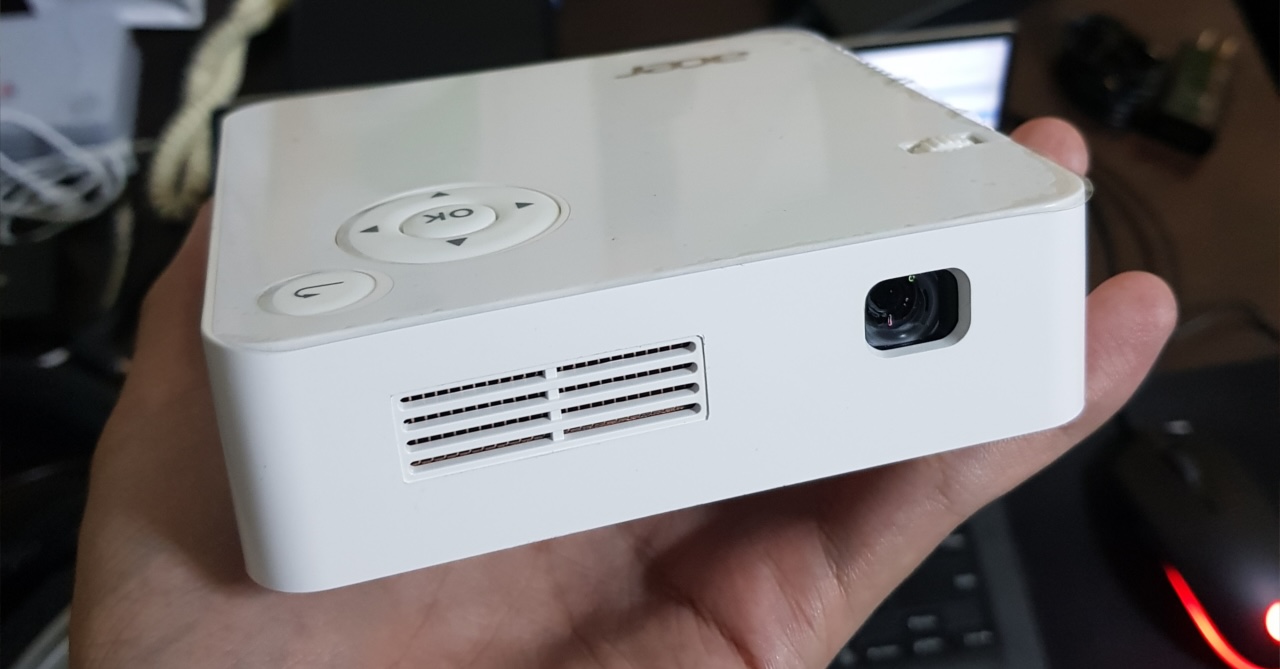
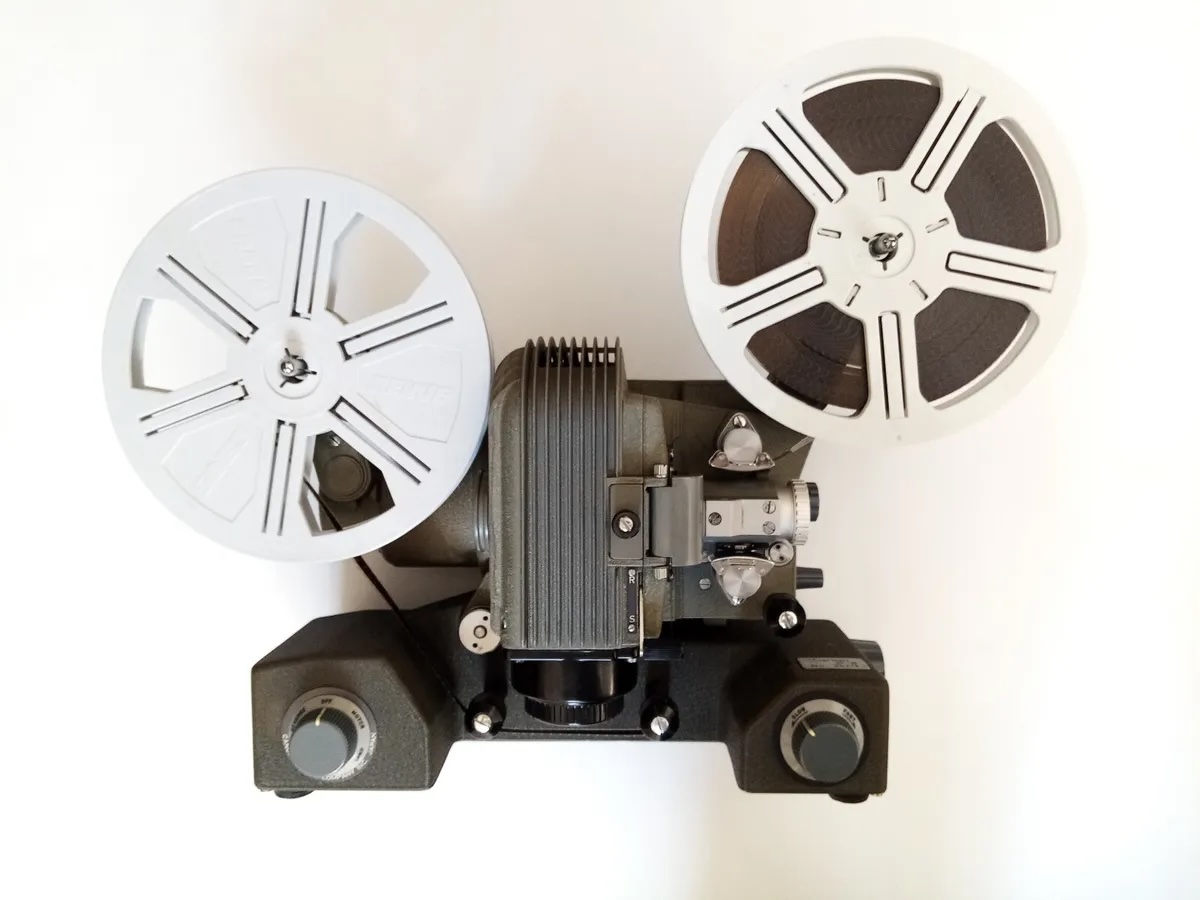
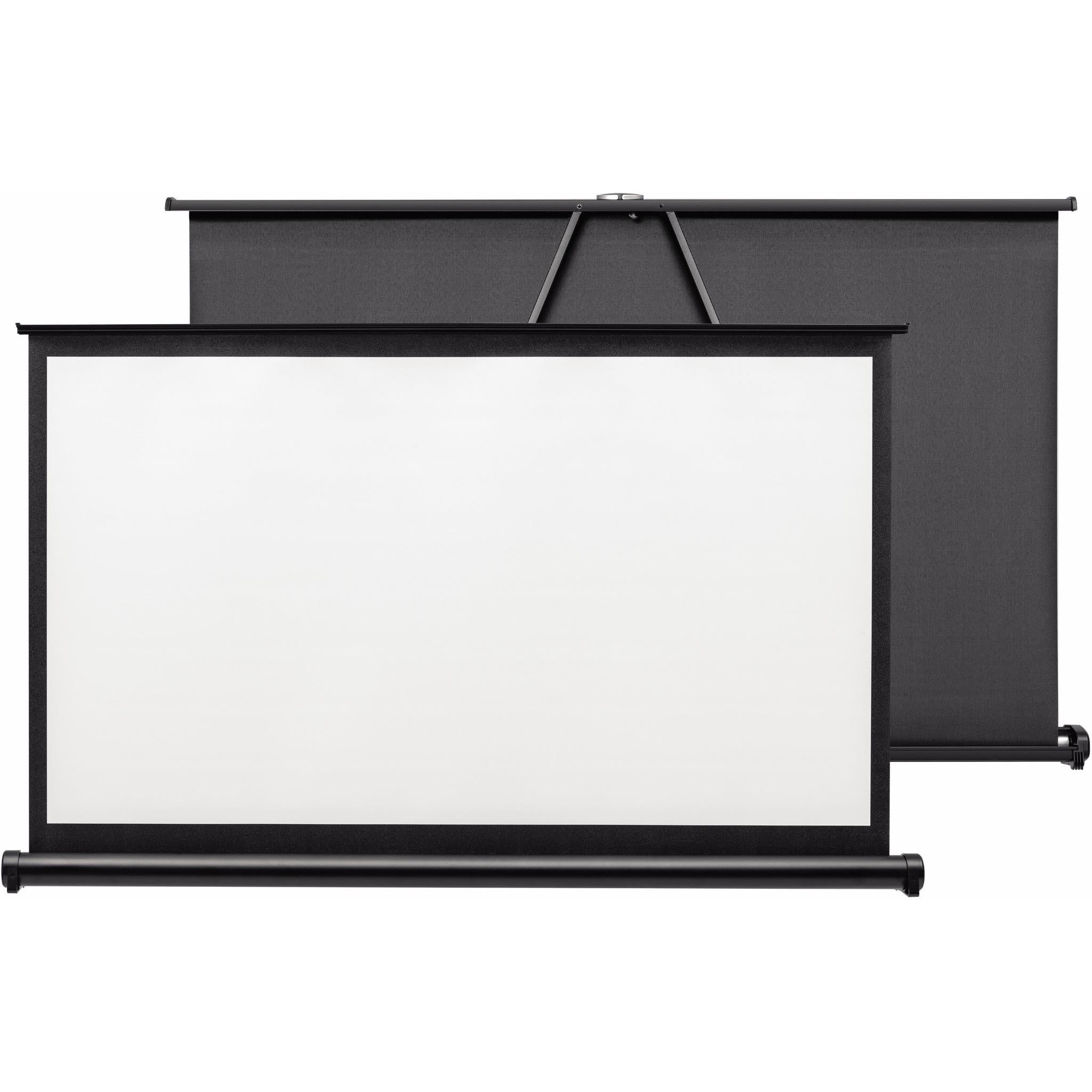
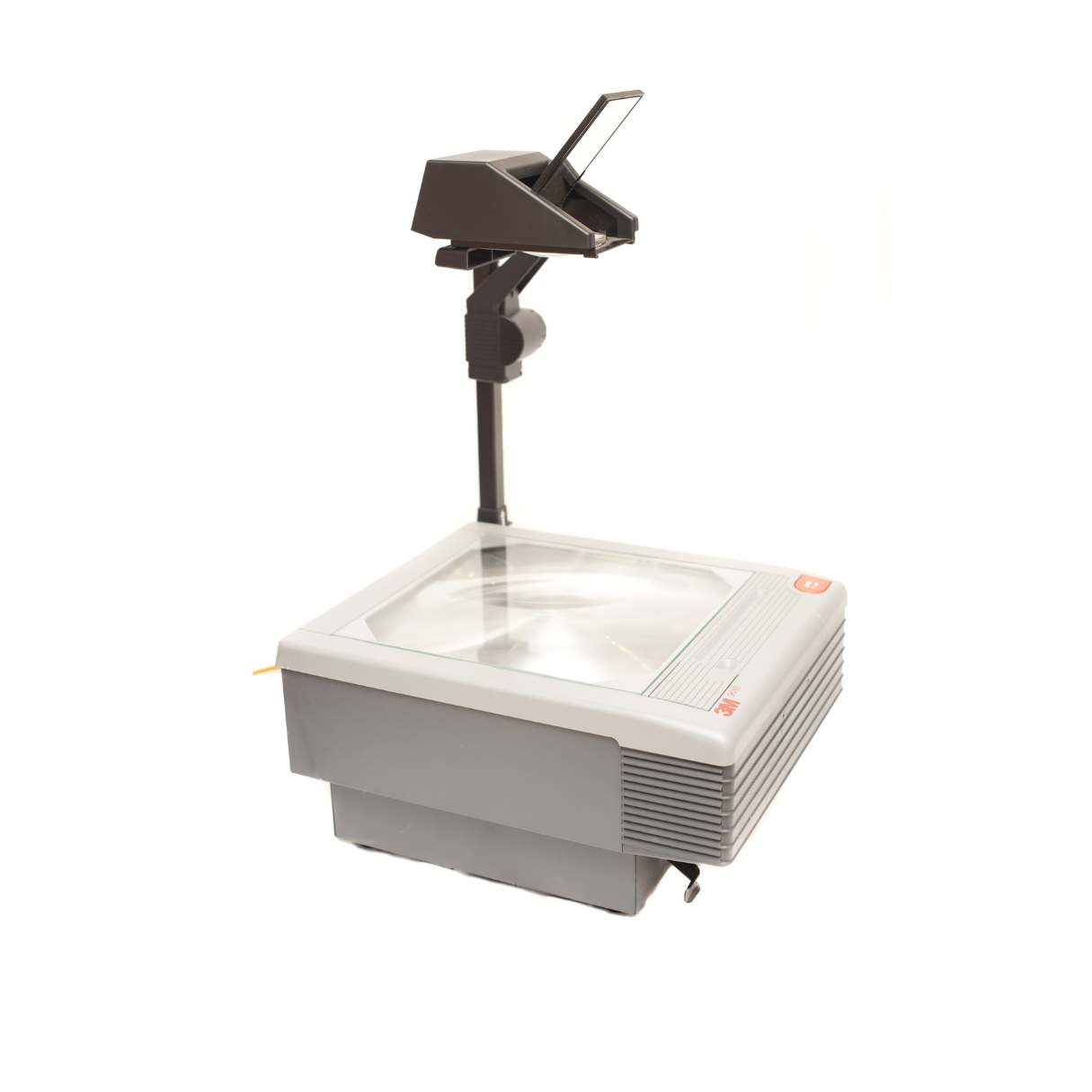
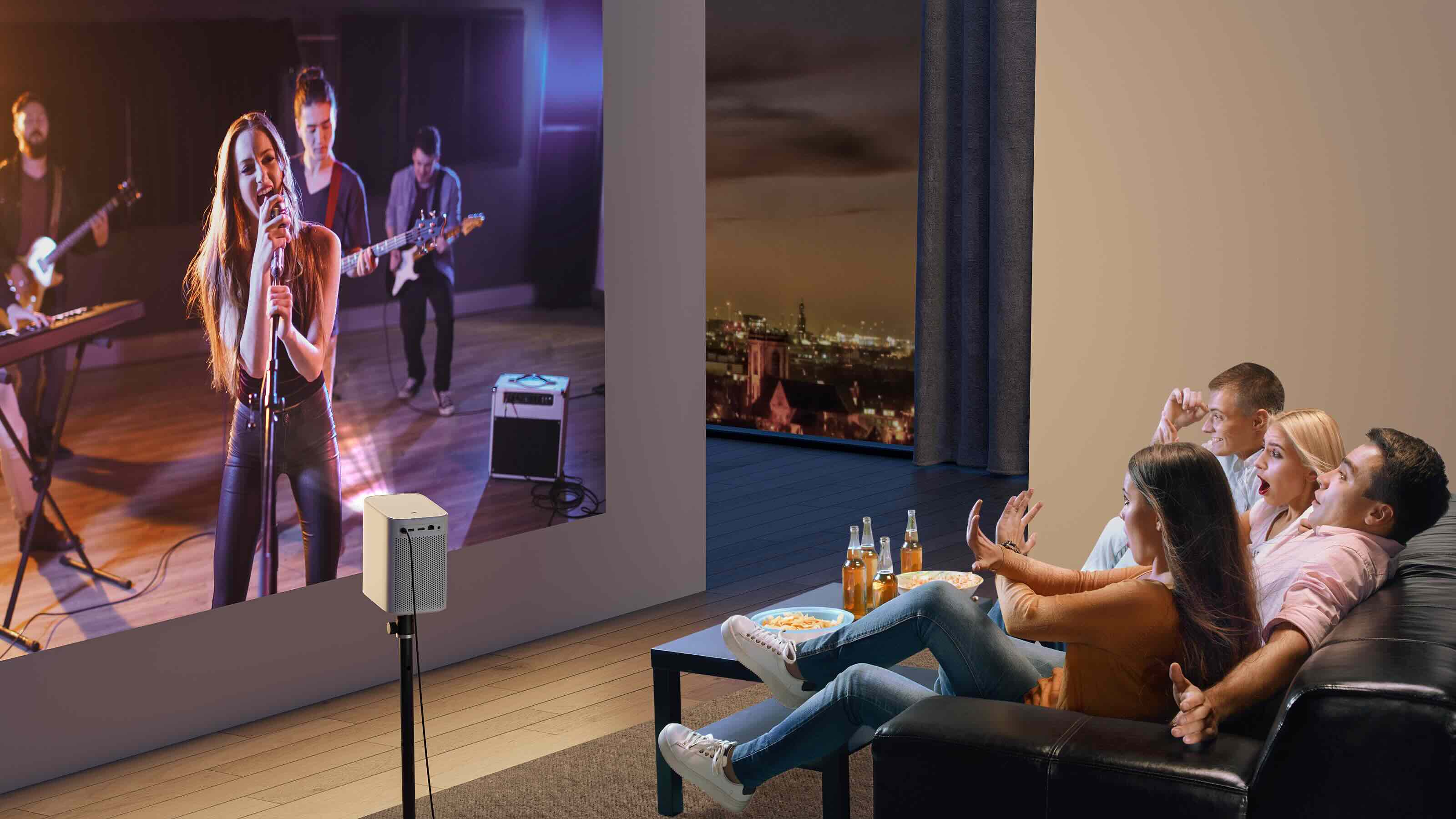
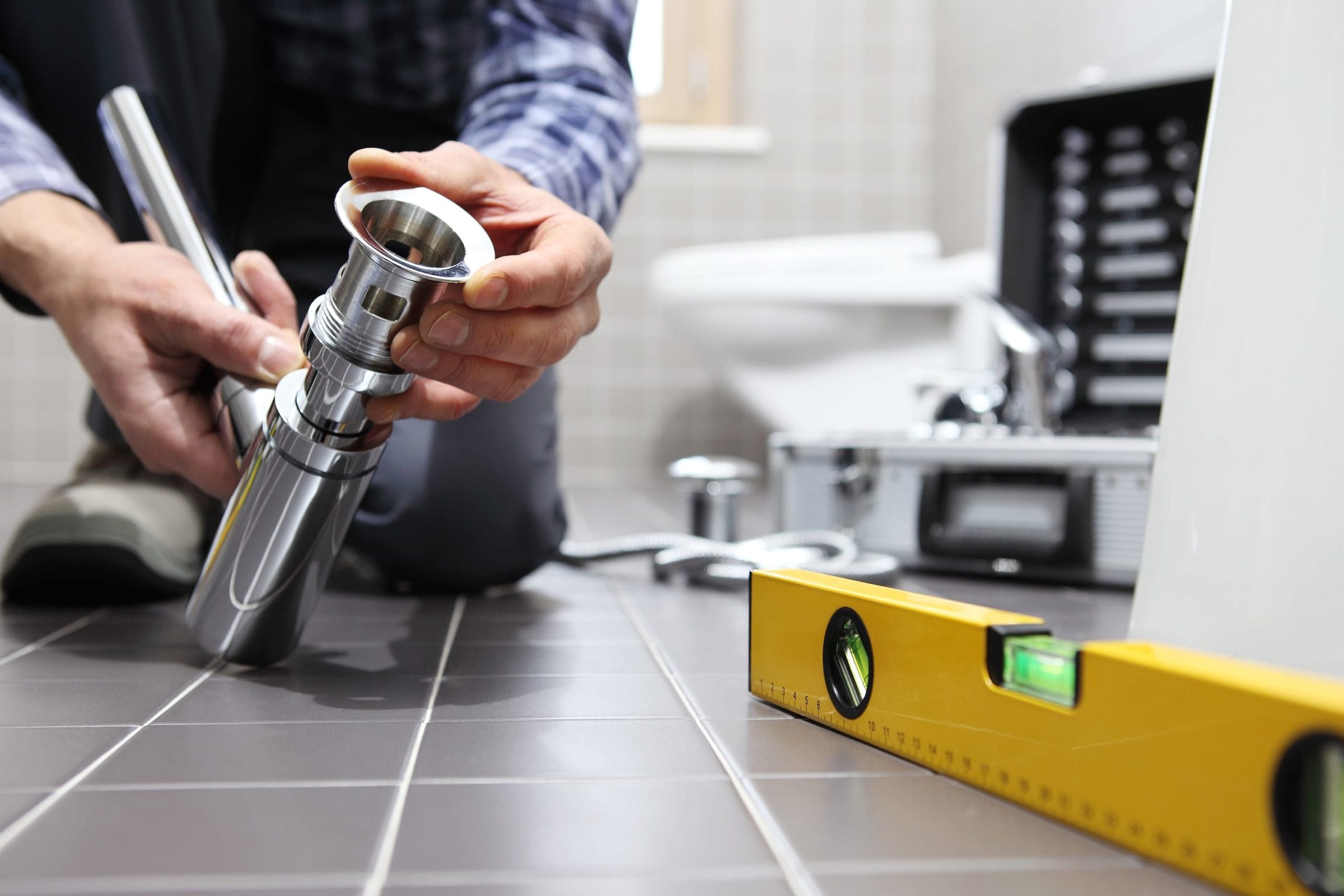
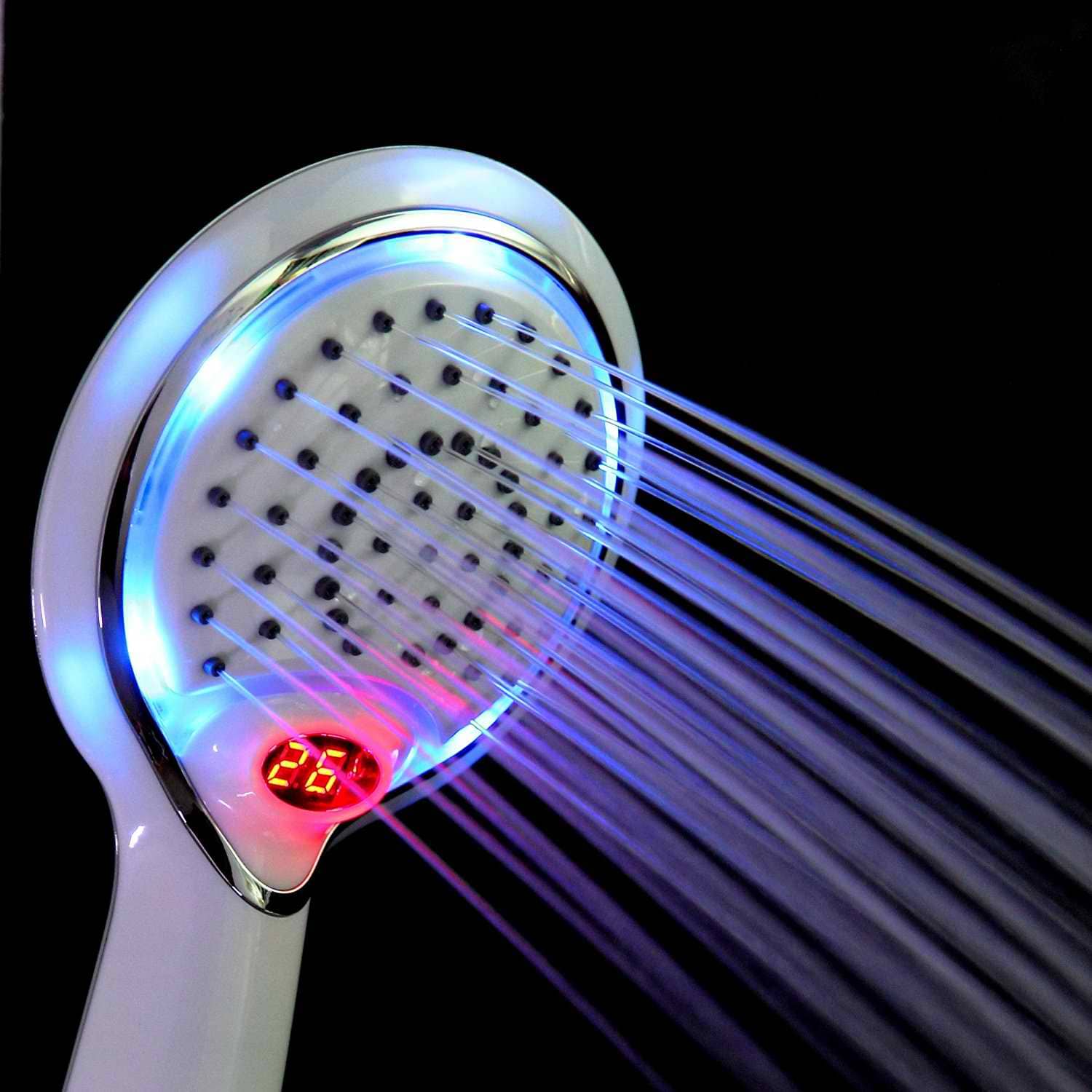
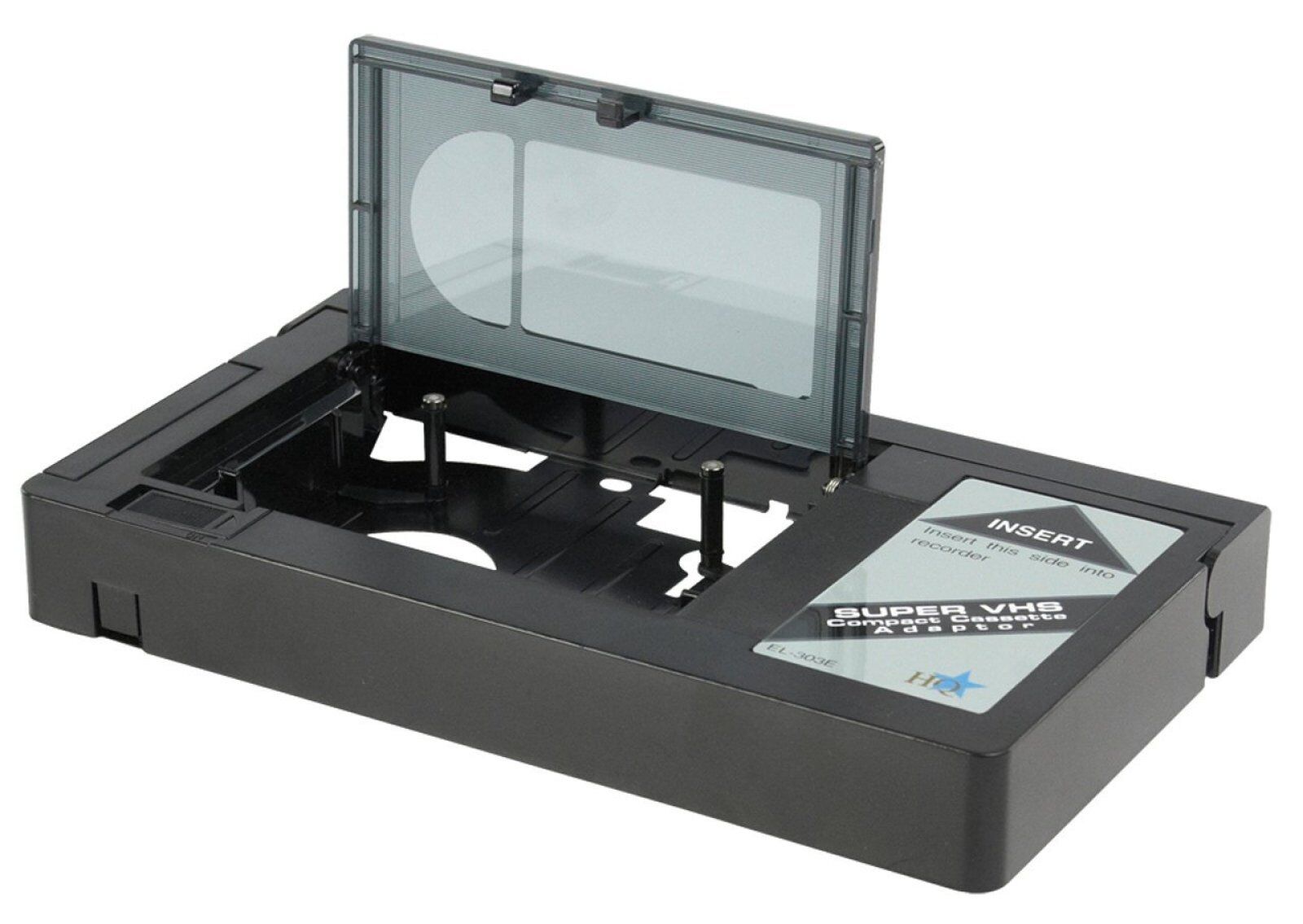

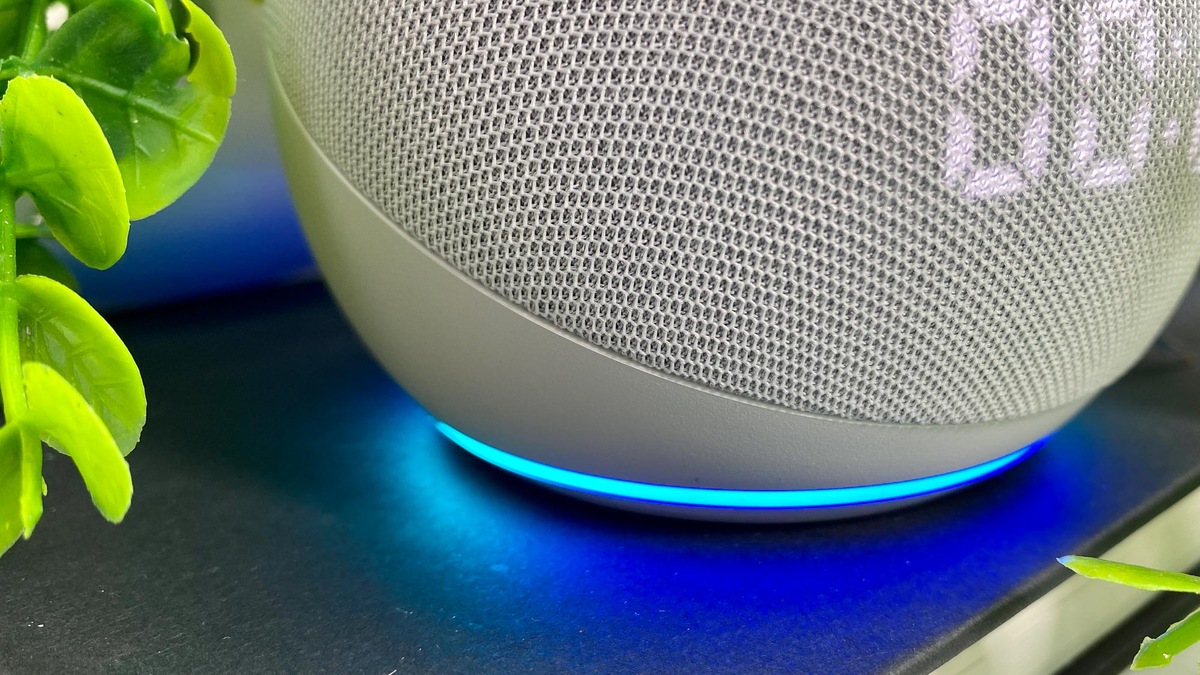
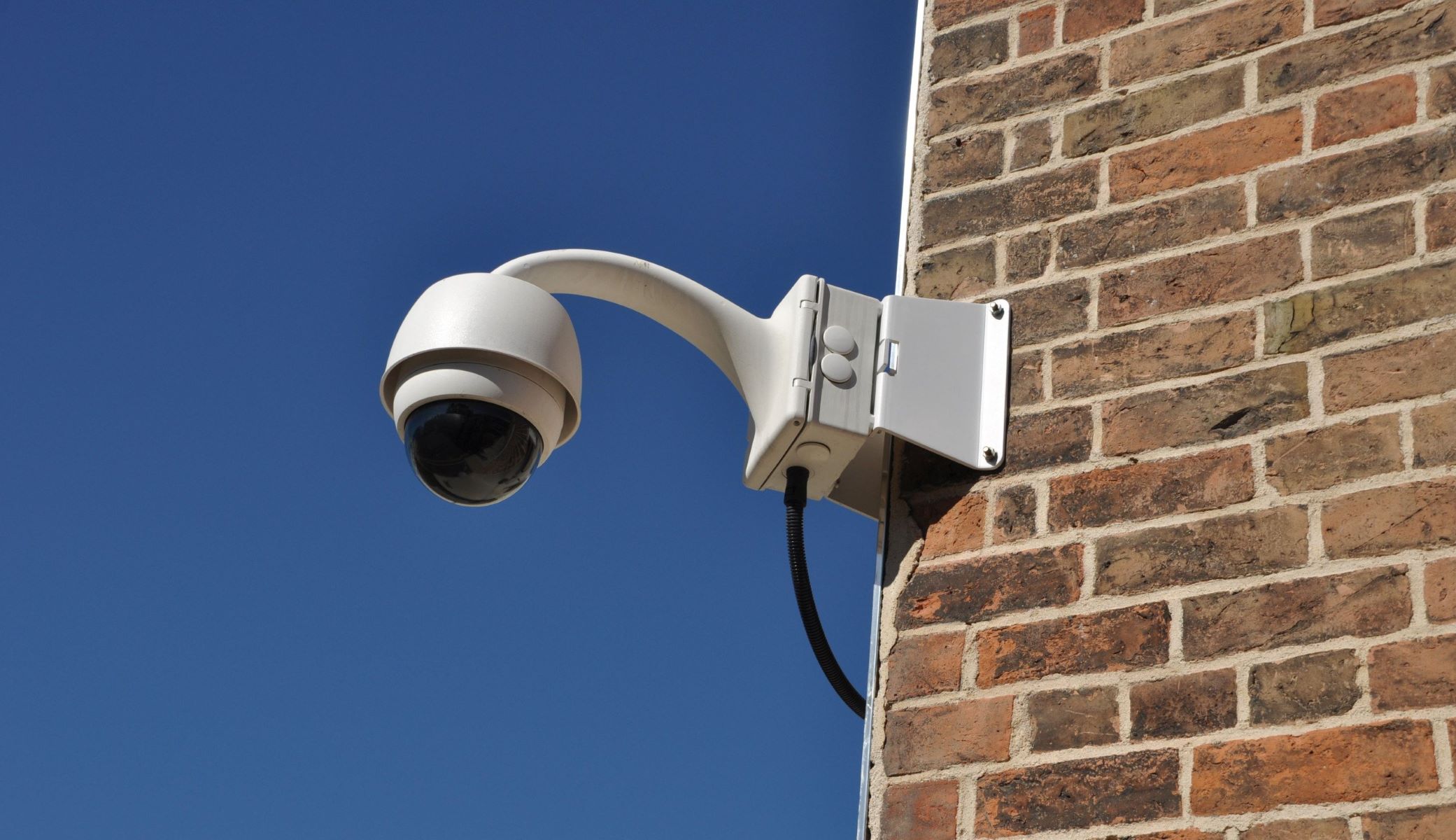
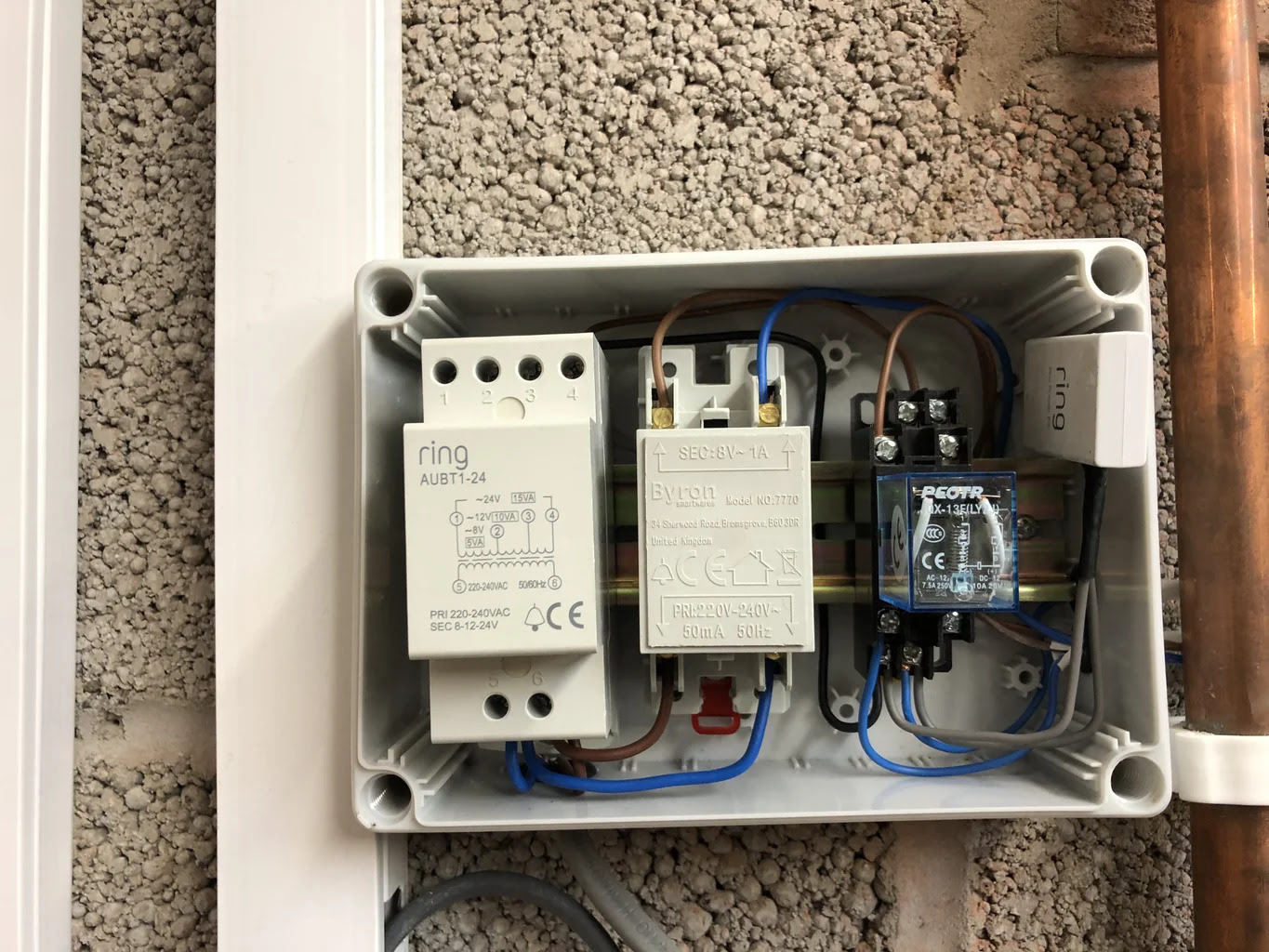

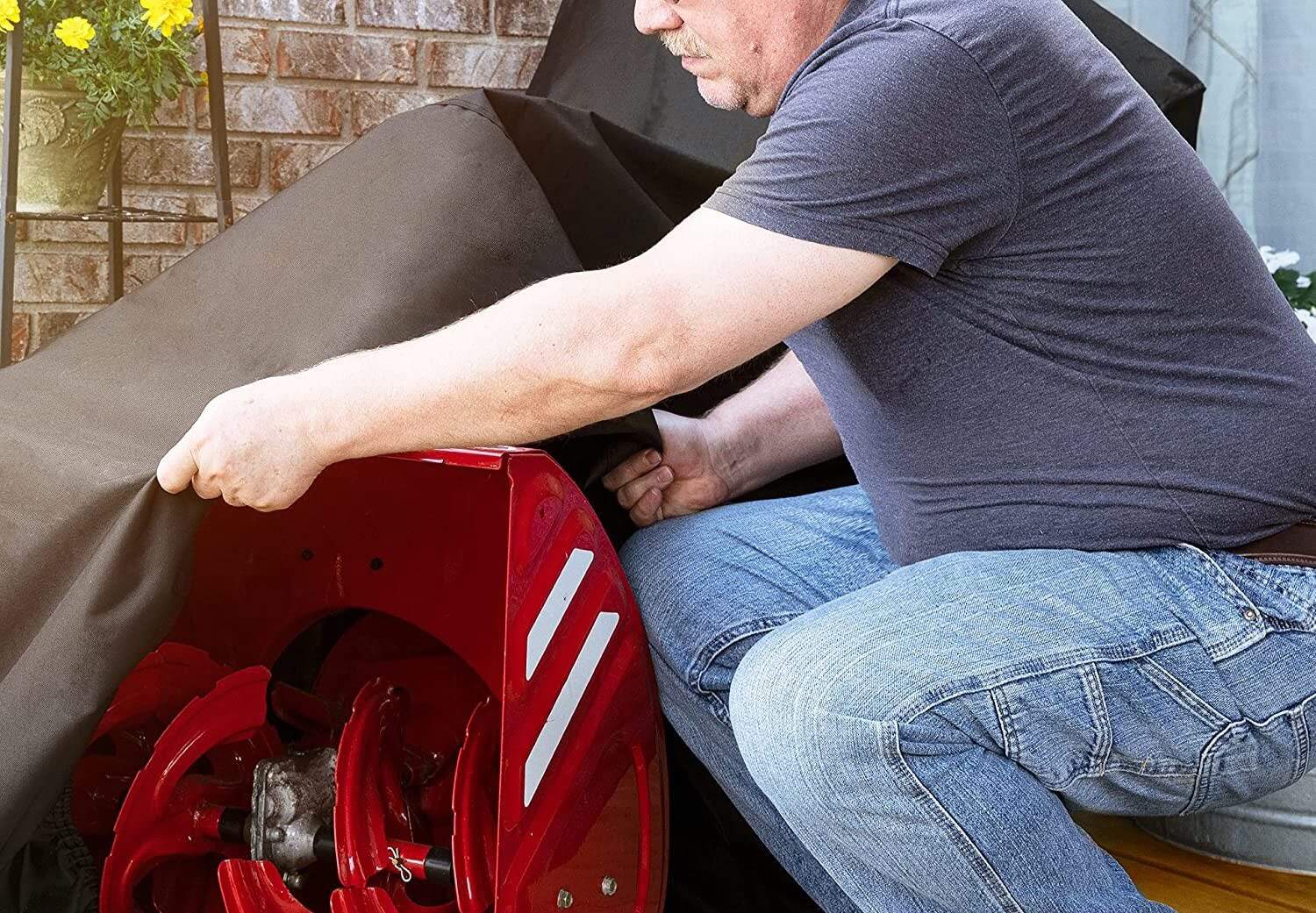

0 thoughts on “How To Get A Projector To Work Outside”